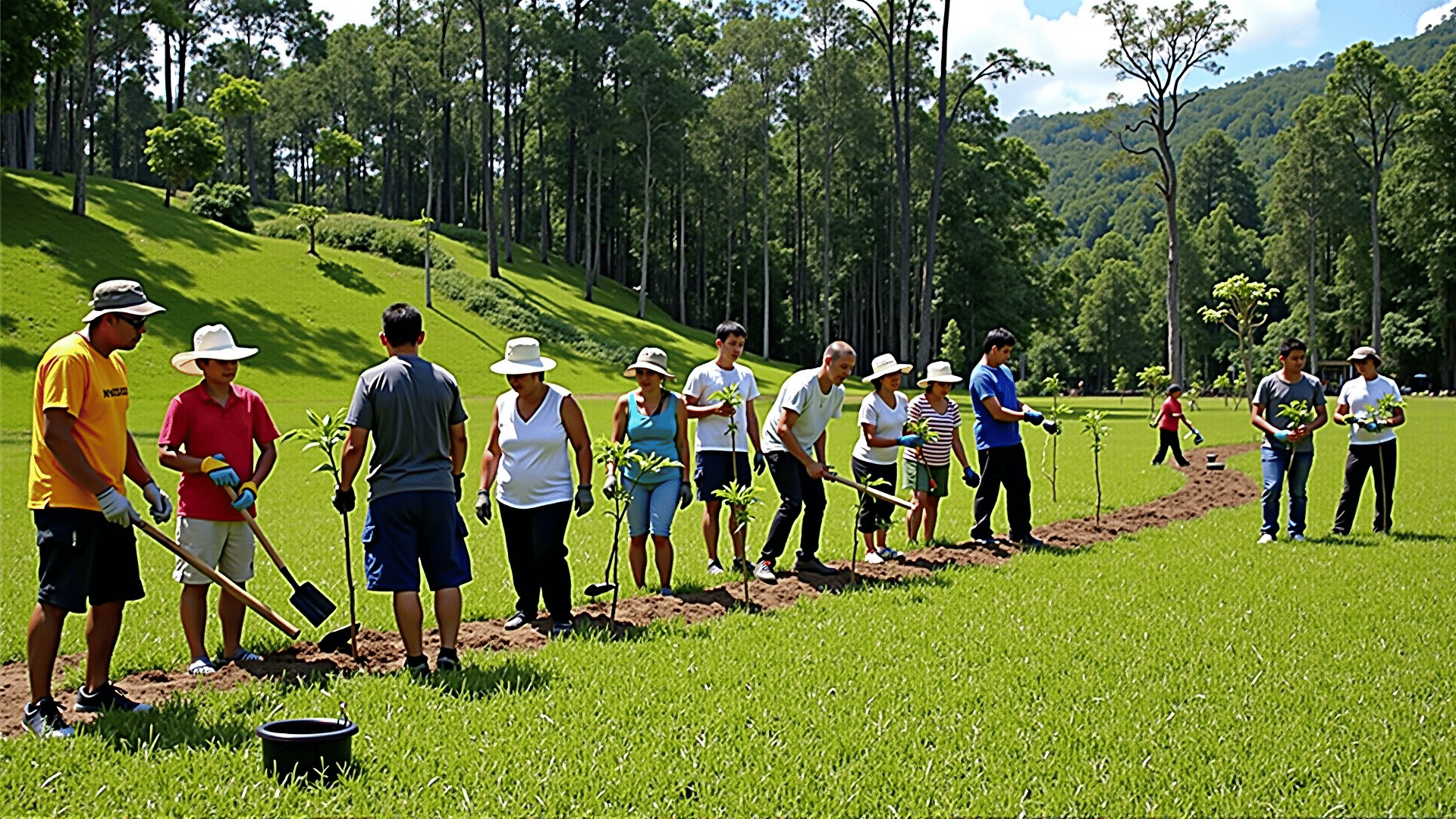Ensuring a healthy environment for future generations is at the heart of sustainable living. The concept revolves around adopting practices that balance ecological integrity, social well-being, and economic vitality. The key to achieving this balance is to promote behaviors that preserve and regenerate natural resources while fostering community resilience.
One of the cornerstones of sustainable living is resource conservation. This involves judicious use of water, energy, and other natural resources. Simple acts like turning off lights when leaving a room, fixing leaky faucets, and using energy-efficient appliances can significantly reduce resource consumption. Communities can further support this by investing in renewable energy sources such as solar or wind power, reducing reliance on fossil fuels and minimizing their carbon footprint.
Another critical aspect is waste management. Reducing, reusing, and recycling materials not only lessens landfill waste but also decreases the demand for new resources. Communities can implement comprehensive recycling programs and encourage the use of biodegradable and recyclable materials. Composting organic waste is an effective way to manage waste locally while enriching the soil for community gardens.
Biodiversity also plays a vital role in environmental sustainability. By preserving local flora and fauna, communities can maintain healthy ecosystems that provide essential services like pollination, water purification, and climate regulation. Efforts to restore native habitats and protect endangered species can enhance local biodiversity. Urban areas can contribute by creating green spaces such as parks and green roofs that offer refuge for wildlife and improve air quality.
Transportation is another area where communities can make impactful changes. Encouraging the use of public transit, biking, or walking reduces the reliance on motor vehicles, decreasing emissions and traffic congestion. Developing infrastructure that supports these modes of transportation can make sustainable commuting options more accessible and appealing.
Education and awareness are crucial to fostering sustainable living. By educating residents about the importance of sustainability and the impact of their actions, communities can inspire behavior changes that support environmental goals. Workshops, seminars, and environmental education programs in schools can empower people to make informed decisions that benefit both the environment and society.
Community engagement is essential for the success of sustainability initiatives. Collaboration between local governments, organizations, businesses, and residents can lead to innovative solutions tailored to the community's unique needs. Participatory approaches that involve diverse voices ensure inclusivity and empower individuals to contribute actively to sustainability efforts.
Sustainable living is not just a set of practices but a mindset that values harmony between people and the planet. Through conscious efforts at the individual and community levels, it is possible to create a future where both the environment and society thrive. By prioritizing practices that nurture our planet's health, communities can ensure a legacy of prosperity and well-being for generations to come.
